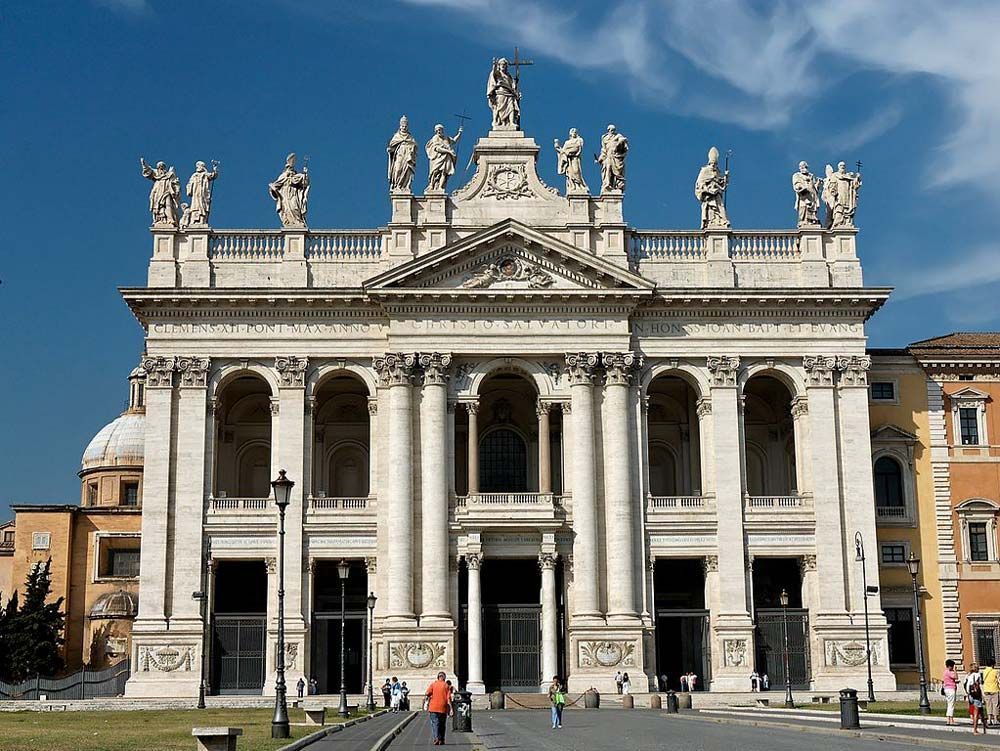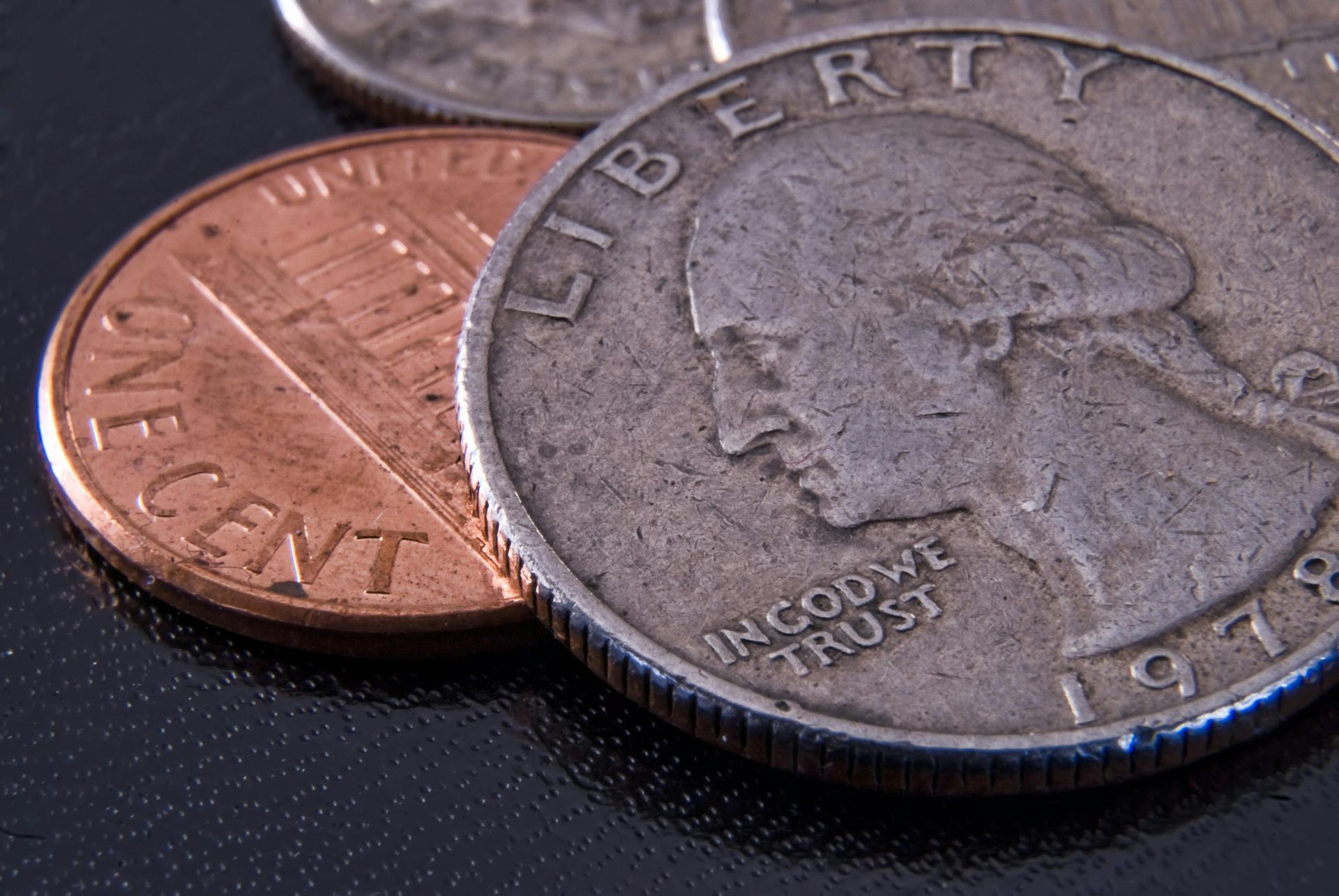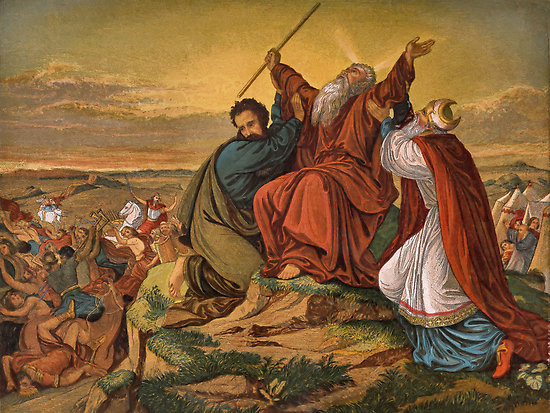20th Sunday B August 18, 2024
20 th Sunday B
August 18, 2024
In our first reading from Sirach, we hear mention of Wisdom.
Wisdom has built her house,
she has set up her seven columns;
she has dressed her meat, mixed her wine,
yes, she has spread her table.
Wisdom is often referred to as a female. A name for Jesus is Sophia, the Greek word for wisdom.
Sophia, Jesus in the gospel speaks about feeding with his body.
Jesus said to the crowds:
"I am the living bread that came down from heaven;
whoever eats this bread will live forever;
and the bread that I will give
is my flesh for the life of the world."
Like wisdom, Jesus feeds us with his body and blood.
It is in this likeness to a woman that we may find one way to understand Jesus’ words in John 6:51-58. Just as a mother gives her very flesh and blood to nurture a new life carried within her, and then continues to feed the child from her own body after it is born, so Jesus nourishes with his very self all who are birthed to new life through him (John 3:3). Similar to the union of mother and child while the latter dwells in the womb, so Jesus promises, “Those who eat my flesh and drink my blood abide in me, and I in them” (John 6:56). The life that results is eternal (6:54, 58) and for the whole world (6:51). The mystery of how this life will last forever is also expressed by the Fourth Evangelist in a birthing metaphor when at the Last Supper Jesus likens his coming passion to the pangs of a woman in labor (John 16:21). The death of his earthly body is the birth to new life for all.
Some of the medieval mystics also found the image of motherhood a help for understanding the mystery of Jesus giving us his flesh to eat and his blood to drink. Julian of Norwich spoke of “God all wisdom” as “our natural mother” and elaborated on how “a mother can give her child milk to suck, but our precious mother, Jesus, can feed us with himself. He does so most courteously and most tenderly, with the Blessed Sacrament, which is the precious food of true life” ( Revelations of Divine Love ).
(Barbara Reid, Within the Word, August 18-24)
Jesus, Sophia, wisdom tells us “Whoever eats my flesh and drinks my blood remains in me and I in them.”
Each time we come to this meal we are fed as children are fed by our parent. We are united with our God who cares for us as our divine parent. We take the body and blood of our God into our bodies and we go forth to share this gift with those who we meet.






